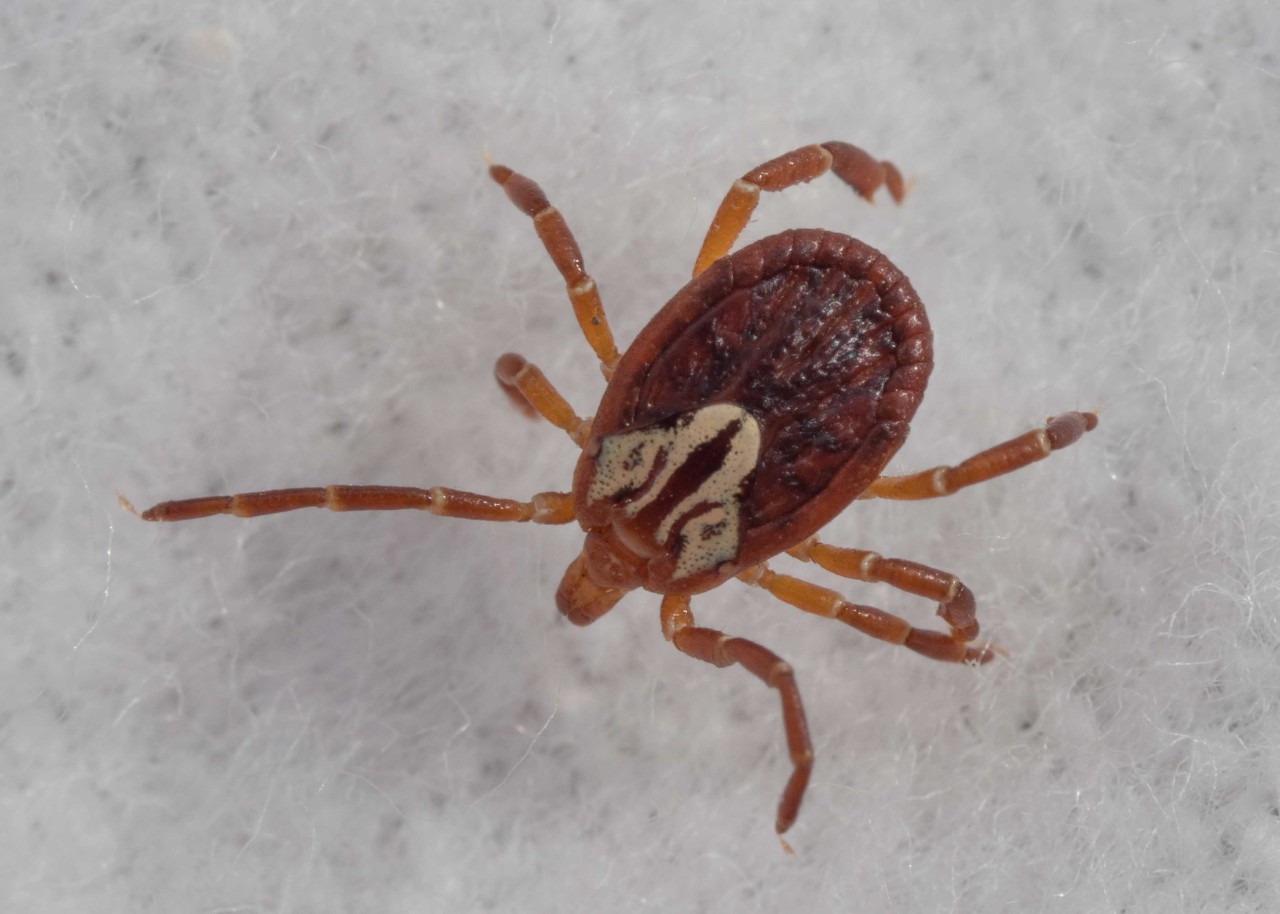
UC research helps develop new medicines for treating heart patients
Genetic sequencing from ticks key in drug development
New UC research discovered a unique class of medications that act as blood thinners by inhibiting an enzyme in the genes of tick saliva.
The research focused on novel direct thrombin inhibitors (DTI) from tick salivary transcriptomes, or messenger RNA molecules expressed by an organism. The result is the development of new anticoagulant medications that can be used to treat patients with a variety of coronary issues, including heart attacks. The study was published in Nature Communication.
“Interest in ticks as a model for developing drugs that prevent blood clotting — [often] the cause of heart attacks and strokes — is firmly rooted in evolutionary biology,” says Richard Becker, MD, professor and director of the UC Heart, Lung and Vascular Institute and UC Division of Cardiovascular Health and Disease at the UC College of Medicine.
“Analysis of backbone structures suggest a novel evolutionary pathway by which different blood clot inhibiting properties evolved through a series of gene duplication events. Comparison of naturally occurring blood clot inhibitors of differing tick species suggests an evolutionary divergence approximately 100 million years ago.”

Richard Becker, MD, professor and director, UC Heart, Lung and Vascular Institute and UC Division of Cardiovascular Health and Disease/Photo/Colleen Kelley/UC Creative + Brand
Becker, a co-author on the study, collaborated with researchers from the National University of Singapore, Duke University and the University of North Carolina on the study, which discovered DTIs from tick salivary transcriptomes and optimized their use as a pharmaceutical. The most potent is a key regulating enzyme in blood clot formation with very high specificity and binding capacity that is almost 500 times that of bivalirudin, a drug used during a typical nonsurgical procedure used to treat narrowing of the coronary arteries. Those minimally invasive procedures are performed in roughly 1 million persons yearly in the United States.
“Despite their greater ability to reduce the incidence of the formation of blood clots, the drugs demonstrated less bleeding, achieving a wider therapeutic index in nonhuman models,” Becker says. “The higher potency of the drug means it’s not necessary to use a lot of it in treating patients, which holds the cost of goods and manufacturing down.”
Becker says tick saliva, as in others that feed on blood like mosquitoes, sand flies, tsetse and black flies, contains pharmacological and immunological active compounds, which modulate immune responses and induce antibody production. This research leveraged an understanding of tick-host interactions and antibody formation.
“The holy grail of anticoagulant therapy has always been specificity, selectivity, efficacy and safety,” says Becker. “Clinician-scientists must have the training and an environment that embraces asking questions and finding solutions, including those potential found deep within nature. An ability to both measure and adjust the drug dose and rapidly reverse its effects is particularly important for safety purposes. The next step is to complete pharmacology, toxicology, drug stability and other important regulatory steps before conducting clinical trials in humans.”
Lead photo/Jay Yocis/UC Creative + Brand
Next Lives Here
The University of Cincinnati is classified as a Research 1 institution by the Carnegie Commission and is ranked in the National Science Foundation's Top-35 public research universities. UC's medical, graduate and undergraduate students and faculty investigate problems and innovate solutions with real-world impact. Next Lives Here.
Related Stories
UC College of Nursing Professor honored with AANA education excellence award
December 23, 2025
Susan Newell, assistant professor in the UC College of Nursing, is being recognized by the American Association of Nurse Anesthesiology (AANA) as one of three top educational administrators and instructors. She will receive the Clinical Instructor of the Year Award during AANA's top educator event 2026 EDGE Conference, February 4-7 in Louisville, Kentucky.
A partnership to end pancreatic cancer
December 19, 2025
Since 2010, BSI Engineering has raised more than $1.2 million for pancreatic cancer research at the University of Cincinnati Cancer Center in honor of a friend and inspiration to BSI’s founders, Bryan Speicher.
Broad co-opportunities
December 18, 2025
Sakura Adachi exemplifies the Bearcat spirit: she works hard, she gives back and she takes full advantage of the opportunities the University of Cincinnati offers.
